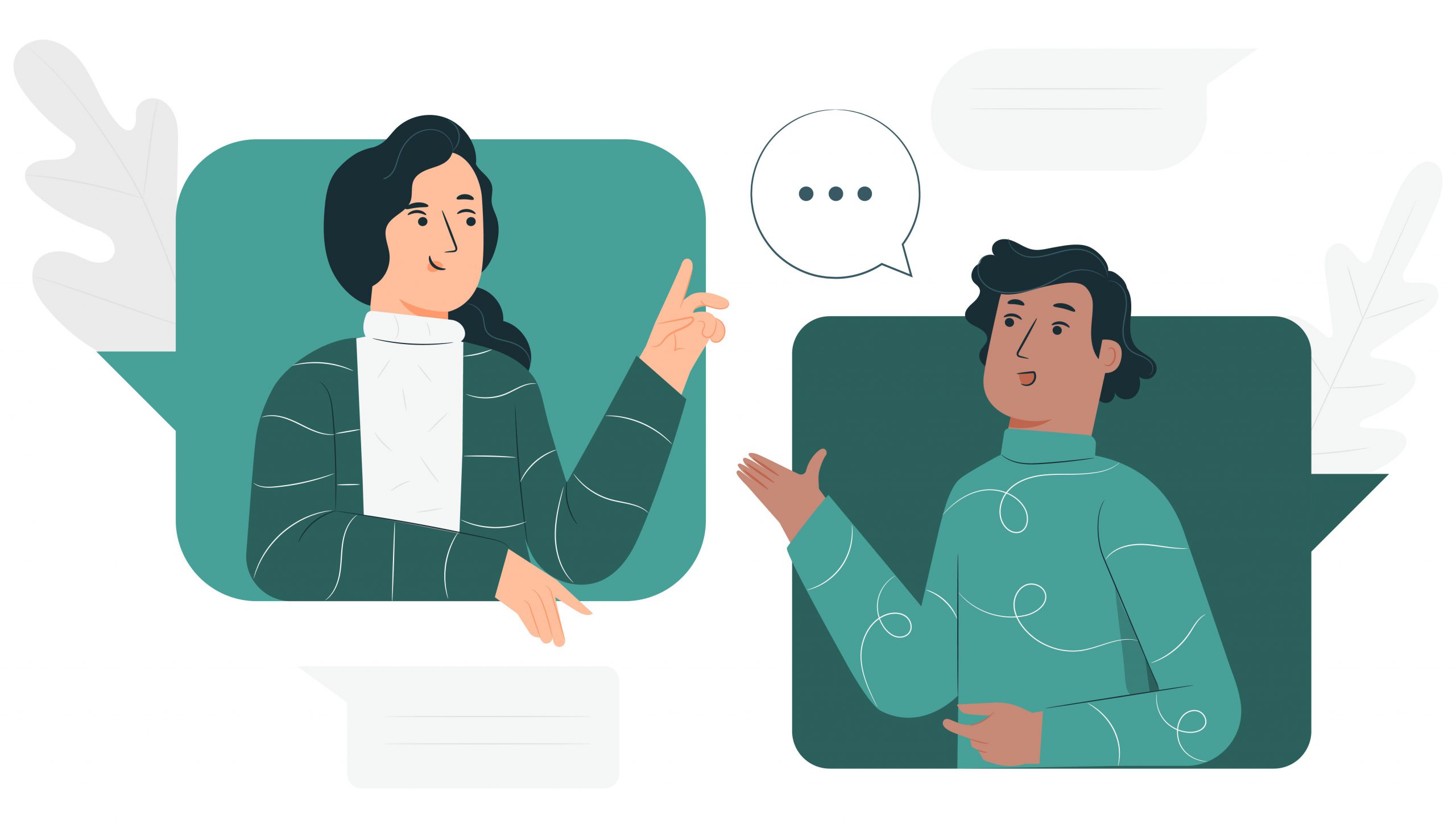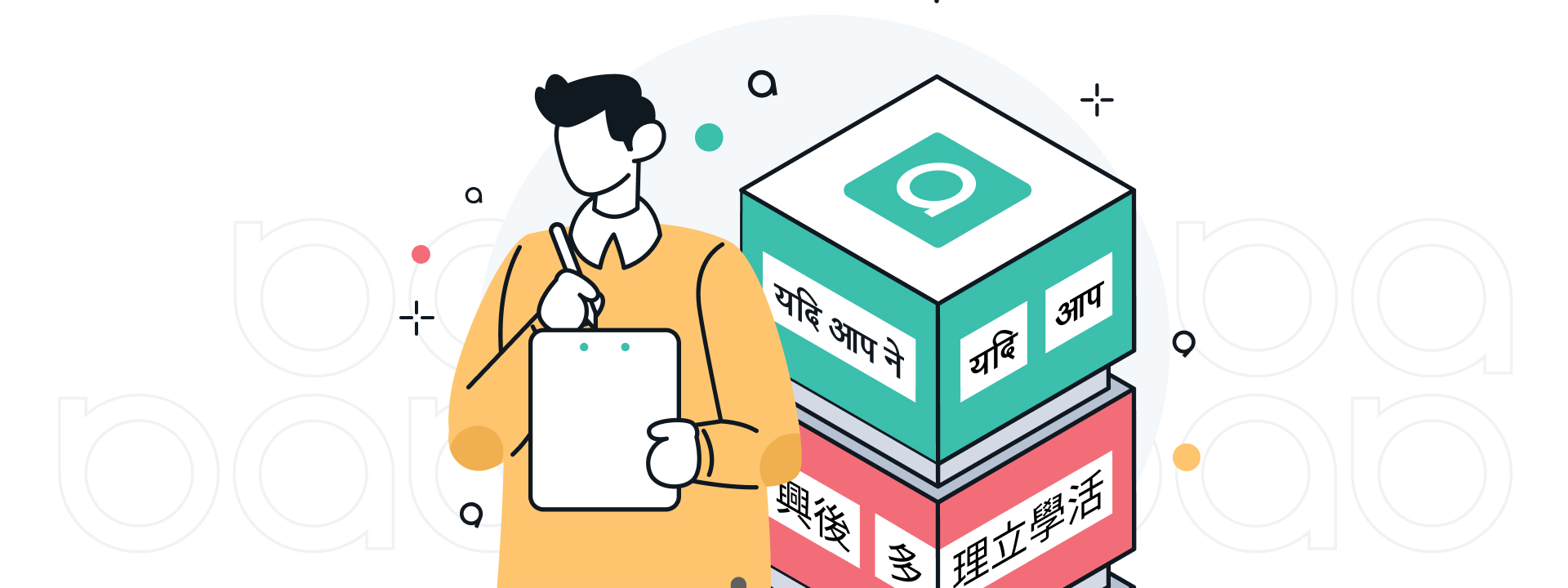Humans have come a long way in the way they express themselves, communicate and share knowledge and experiences.
As everything advances at unprecedented speeds today, so does the way we communicate. Technology continues to break down barriers we once thought to be invincible, and translation is no exception to the transformation.
As we buckle up for this exciting digital transformation ride down the historic path of translation services, we pause and marvel at how much translation has affected the entire human history.

The History of Translation
Translation, which refers to the process of expressing the meaning of texts or words in a different lan- guage, is as old as documented history.
The Epic of Gilgamesh, a Sumerian poem, was among the first publications to be expressed in Southern Asian dialects around 2000 BC1. Other people in history who benefited from translation services were the Buddhist monks who reproduced Chinese versions of Indian documents, and the Roman poets that used Ancient Greek literature to create entertainment-oriented literary works.
In fact, without translation services, most Ancient Greek literature, including famous Greek tragedies like Homer’s The Odyssey, would have been lost in history.
When Arabs conquered the Greeks, Arabic scholars translated the findings and knowledge of Greek academics to establish new entertainment, philosophical, and scientific understandings. The content would later be converted to Latin and other languages, especially by religious groups intent on spreading faith-based messages. In a significant way, therefore, translation played a critical role in shaping contemporary lifestyles and improving quality of life.
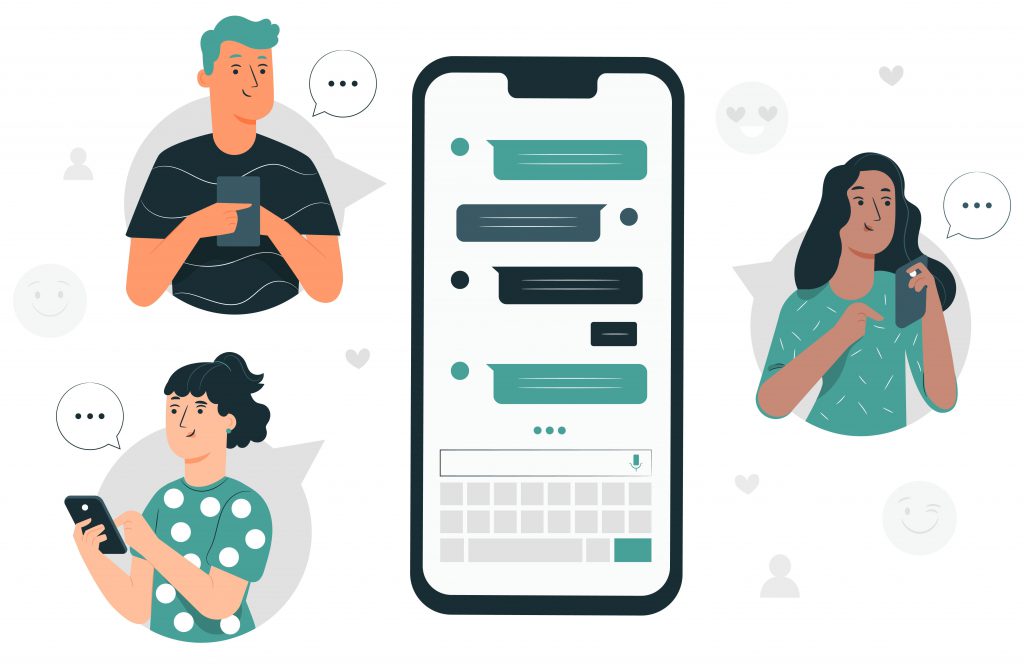
The Future of Translation
Fast forward to 2020 and the translation industry has gained so much momentum that it is one of the major forces behind globalization. Epochal companies like Google are spending vast amounts of money and time training machines to become better translators than human beings. As international organizations expand, they are faced with the challenge of establishing active correspondence with consumers who speak different languages or prefer native dialects to maintain a competitive edge in foreign markets and localize their brands.
Though big companies continue to invest in automating translations services to replace human translators, machine translation still requires lots of post-editing because, unlike people, it do not understand contexts or cultural assumptions that impact meaning.
If developers fail to account for individual biases and those perpetrated by the data on which artificial intelligence relies, machine translation software will never overcome extant barriers to precise mimicking of their sentient versions.

An Overview of the Translation Services Industry.
The translation services industry is a recession-proof market that is heavily funded by the government. Military contractors are among the biggest spenders in a sector that was worth at least $38 billion in 20182. The American Bureau of Statistics portends that the value is poised to grow by about 40% before 20213.
Currently, America, Europe, and Asia dominate the industry. According to U.S. spending data retrieved from government records, the United States administration spends approximately $500 million annually on interpretation and translation work, and the figure increases by up to
$20 million each year4.
Most private expenditure is attributable to firms that are focused on capitalizing on free-market capitalism through investments in localization, and the industry’s cash flows are barely decentralized. For instance, only 20 translation services providers earned more than 77% of the U.S. Federal government spending in 20175 despite competing with about a thousand other companies.
Besides military contractors, the booming automobile industry witness the greatest consumption in the private sector. Multiple dealerships, companies, and e-commerce platforms require translation services which contribute to the increase in machine translation development.
Automobile companies translate how-to manuals, technical documentation, vehicle information and specifications, and car part catalogues every time they launch a new model – mostly using automated translation services. The translated documents advance their marketing communications, hence improving the consumer experience.
A veritable example is WK Automotive which relies on KantanMT automated translation services to scale the company’s commercial translations. Organizations such as WK Automotive motivate the likes of LionBridge, Systran, Google, and Baidu6 to create IT applications that promise to speed up and reduce the costs of translations services. As technological giants, IT solutions are their go-to problem-solving strategy, and access to vast amounts of data has enabled them to advance their machine learning and artificial intelligence innovations and add value to the translation industry.
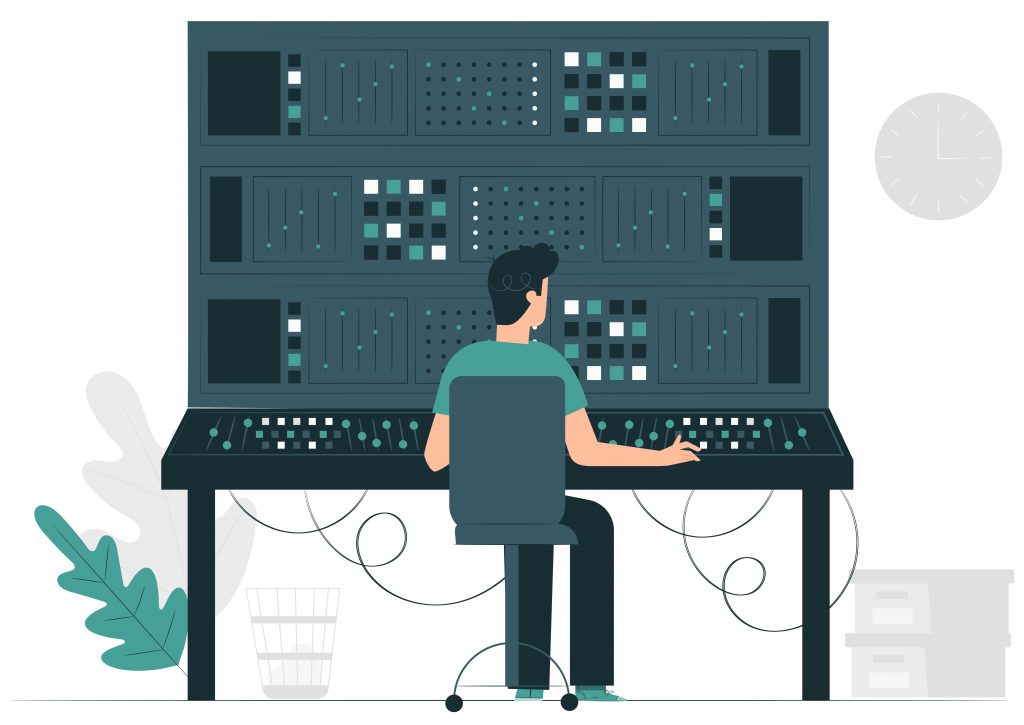
Competitive Market Share of Machine Learning
The market for statistical machine translation will experience significant growth soon. The statistical machine translation (SMT) technology utilizes statistical analysis along with predictive algorithms to outline the rules for standard sentence translation.
One of the main advantages of SMT is the extensive availability of digital tools, algorithms and platforms that can translate large sets of structured text. Machine learning translation technologies allow users to add new languages at a faster rate than they would in other machine translation software. SMT technology also requires less server storage space for operations which enables their working even in smaller systems.
Instead of logging thousands of words in multiple languages, rule-based machine learning technology applies a large number of in-built linguistic rules and bilingual dictionaries for translation. This process produces a predictably consistent quality of translation. And the fact that the machine knows grammatical rules creates a robust and high-performance environment for operations performance.
However, the high on-boarding and customization costs for this technology prevent smaller budget players and SMEs from accessing and adopting it for their organizations.
Alphabet Inc (Google’s home company), IBM Corp, Lingo24 LTD, and Ratheon BBN Technologies are among the major players in the machine translation market. These organizations are serious about developing new translation software to do away with the need for human translation, editorial and processing in order to provide the service as an SAAS end-to-end solution.
In May 2019, Google launched research into its straight-to-speech translation engine ‘Translatotron’ which should be capable of translating audio fully into another language without the need to first turn it into text. The machine should also be able to copy intonation of the original speaker’s voice in order to convey better meaning in a more natural way.
Research and advancement in the deep learning and neural network fields of machine learning have allowed corporations to improve translation software by tackling the problem of wrong meaning. In November 2018, IBM Corporation in collaboration with Harvard University, developed a novel tool for visualizing the decision-making process of AI-like deep learning software while translating a series of words from one language to the next.
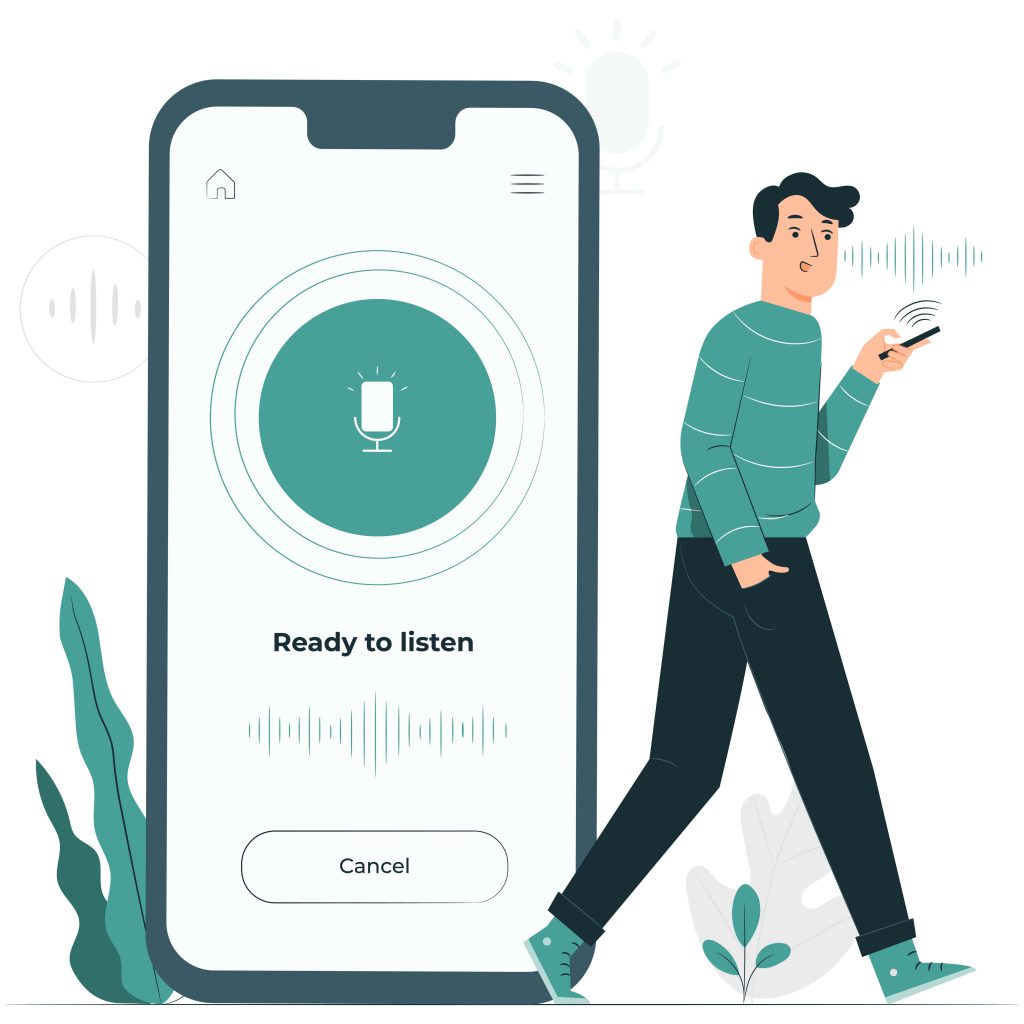
Advantages of Machine Translation
Time Saving
Machine translation is much faster than human translation for the simple fact that a machine is not limited to on average 2000 words-per-day like people are7. Even when multiple translators are employed on a project, machine translation produces more output per unit time, as it can generate thousands of words every minute. However, machine translation output is usually unusable in its raw form and will most likely require human editorial intervention.
Cost Friendly
It is much cheaper to have machine translation software do the initial translation and then rely on a human editor to eliminate any errors than may occur than it is to hire a team of translators to do the initial translation.
Easy Adaptation
MT software memorizes key industry-related terms and keeps translation consistent over thousands of documents which would be impossible if using human translators that may use slightly different dialects of the same language.
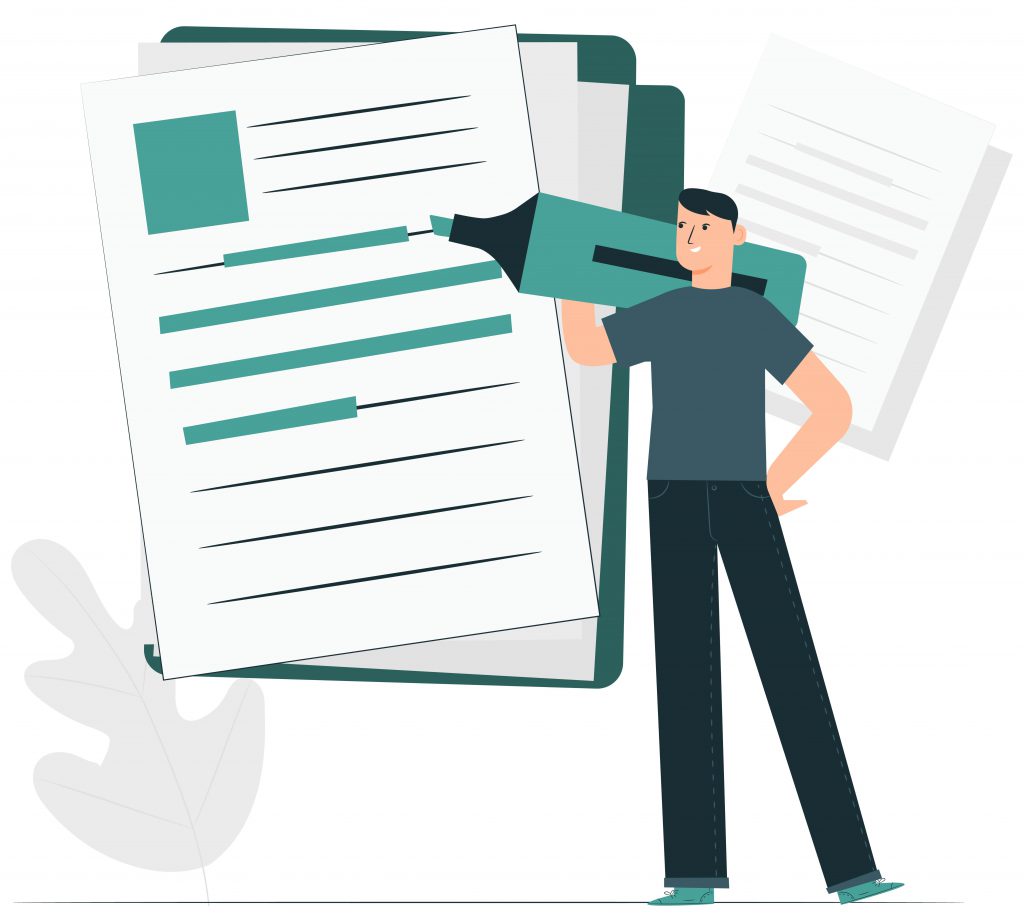
The market may be eagerly waiting for the next advancements in natural language sentiment analysis and processing that could revolutionize the machine translation market, but MT’s limitations make the shift a pipe dream.
Artificial intelligence programs experience notable difficulties when handling requests in a single dialect, so the additional complexities of processing two languages during translation hinder it from replacing human translators. Though Google made impressive contributions to the sector when it incorporated neural networks into their machine translation software, the output is still grammatically and socially inaccurate.
The greatest chess player might be a machine, but translation is a whole different game.
Unlike chess, translation services do not have defined measures or fixed rules for determining failure or success. This results in infinite sets of moves that programmers cannot anticipate. Contexts tend to vary in nature and there is no precise predictor of what directions random conservations could take. Nevertheless, innovators are determined to provide lasting solutions to the challenges that automated translation services face.
Case in point: Google developed machine translation technology that accounts for the meaning of the whole sentence rather than simply paraphrasing individual words. But AI critics like Jacksonville University’s Dr Jorge Majfud are still sceptical.
Dr Majfud believes that accounting for the whole sentence is not sufficient for machines to translate better and faster than humans. Just like the meaning of a particular word is contingent on the entire sentence in languages like Spanish and English, the message the sentence conveys is also tied to the context in which the whole paragraph was written or spoken. Meanings are also dependent on cultural connotations as well as the speaker’s intentions. This explains why machines are still finding irony, idioms, and sarcasm problematic to translate.
Suffice it to say that Google’s translation services are only useful as tools that aid the translation process, but not as an alternative to human understanding or learning. A famous company
that violated this rule ended up selling products labelled “The machine did see it” instead of “Saw Machine.”
Machines have a significantly fragile interpretation of languages because they do not understand feelings or ideas as people do. These ideas and feelings are so perplexing that often times we fail to understand how other human beings express themselves, so what good can a machine do?
Age, culture, and gender are some of the barriers to sufficient artificial intelligence and machine learning solutions in the translation industry. Over-reliance on these technologies ends up reducing the quality of communications between the company and its consumers.

Dr Majfud is not the only sceptic who entertains these thoughts. Nanyang Technological University’s leading AI researcher known as Erik Cambria is worrisome about language’s complexity and the types of risks associated with this attribute. He expressed concern about the unconscious activities that occur when people are reading and how nobody has accounted for them during past attempts to automate translation. Without factoring in the multiple connected activities that facilitate reading comprehension, it is impossible to mimic biological and social processes and decipher nuances present in communication.
Cambria said that developers have instead chosen to double down on syntactic sentence structures in their attempt to translate text. This technique differs from what human translators do. The machine should first understand the sentence’s meaning in the sender’s language before encoding the comprehended interpretation into the receiver’s dialect.
UCLA’s Dr Ramesh Srinivasan also wants developers to consider the social risks associated with each translation. Confirmation bias inherent among programmers, perhaps instilled through conditioning, are not universal and tend to be revealed when machines translators are deployed.
As a result, intelligent systems are developed in environments that expose them to two types of design risks. The values that shape the developer’s belief system influence their output, for starters. Second, AI processes are influenced by the data they use to learn and adapt to fulfil their functions. Companies that build machine learning systems whose algorithm embody the world and creator’s biases are likely to fail.
With these challenges in mind, automated translation service providers must communicate their limitations and capabilities to their consumers. One of the promises they have to stop making is the notion that they can develop single systems that can interpret syntactically and semantically diverse languages by merging them into a single entity.
Though developers are still optimistic that their applications are useful for translating e-commerce listings and car specifications, fatal mistranslations continue to transpire.
But with the explosion of markets fueled by globalization, the rush to invent the best translation is still considered due to its potential impact on efficiency, and marketing efforts like website localization.
Sources:
1 https://www.kwintessential.co.uk/blog/general-interesttranslation/the-history-of-translation
6 https://www.gala-global.org/industry/industry-facts-and-data 7https://dlsdc.com/blog/machine-translation-advantages-and-disadvantages/

